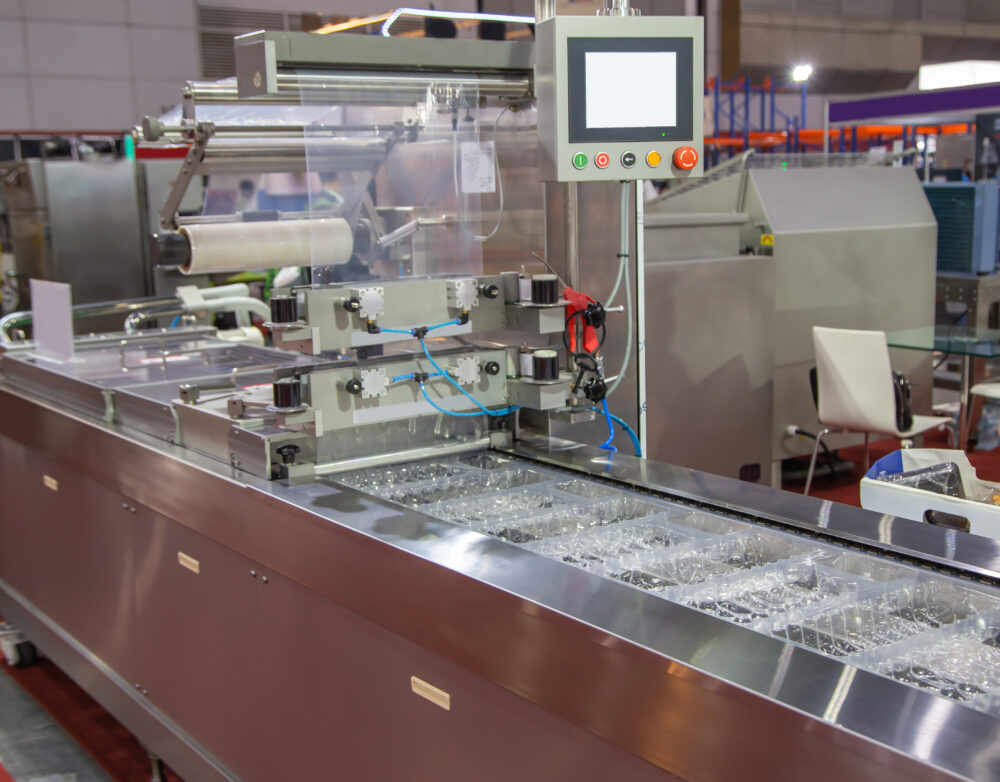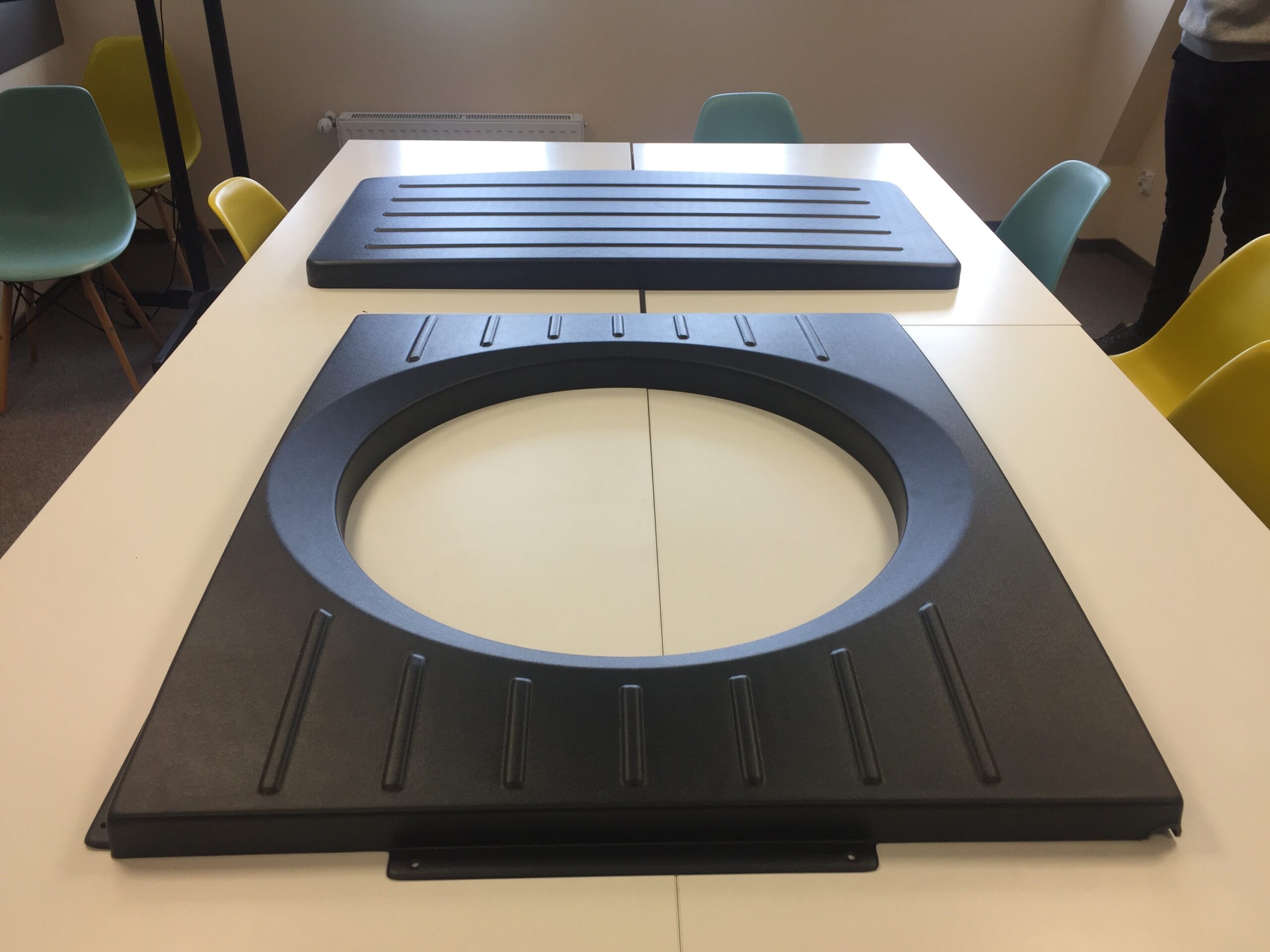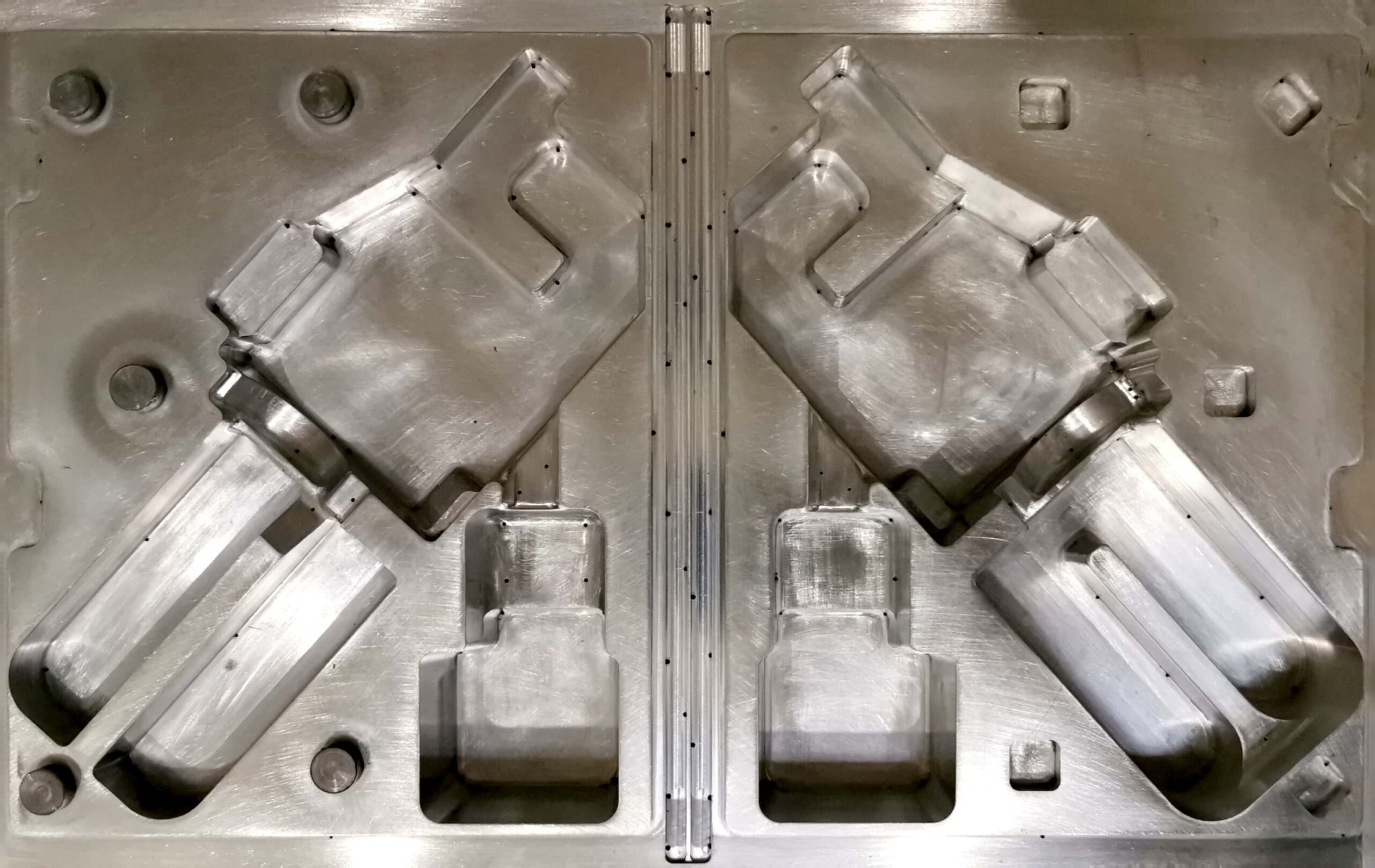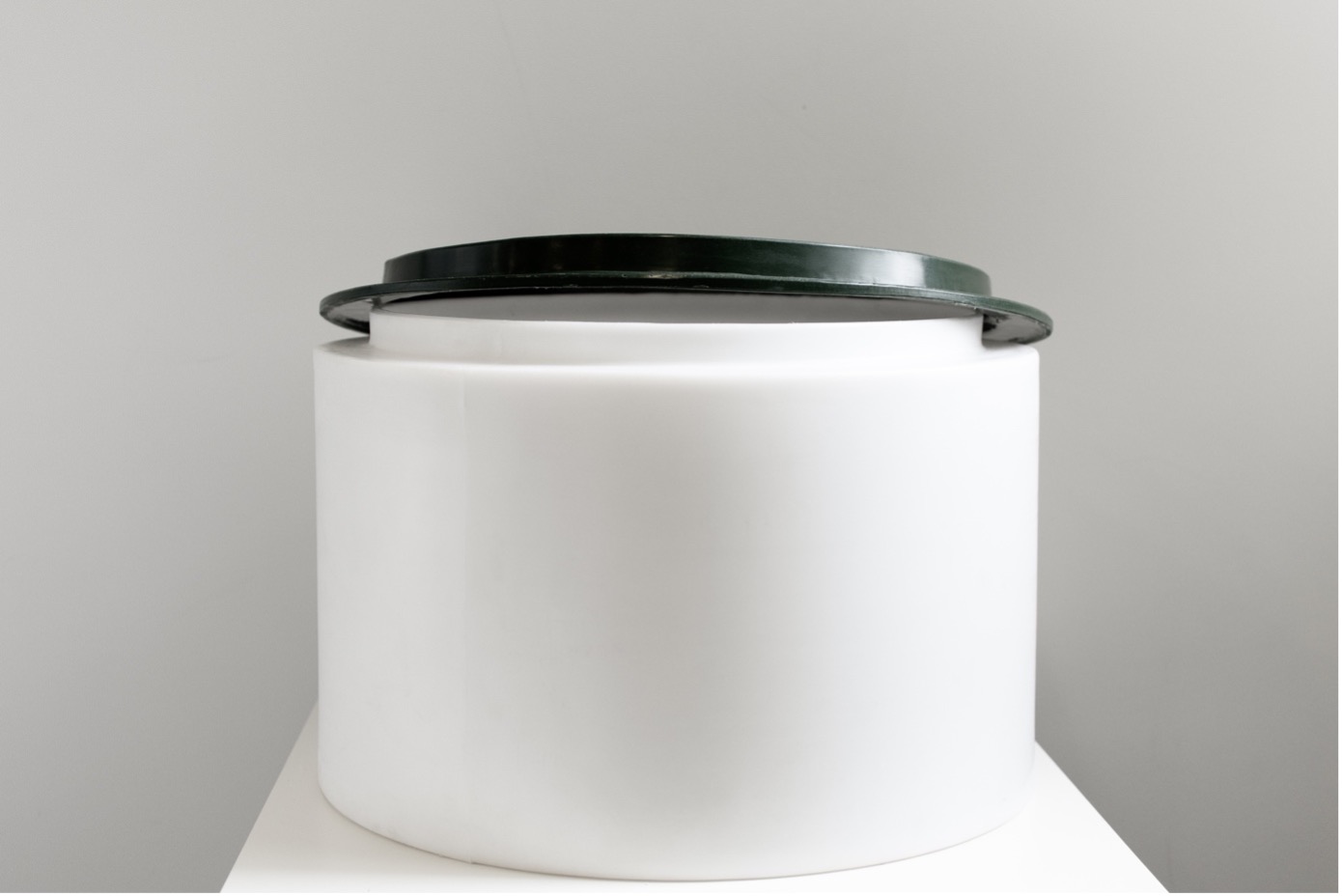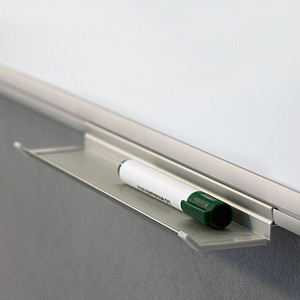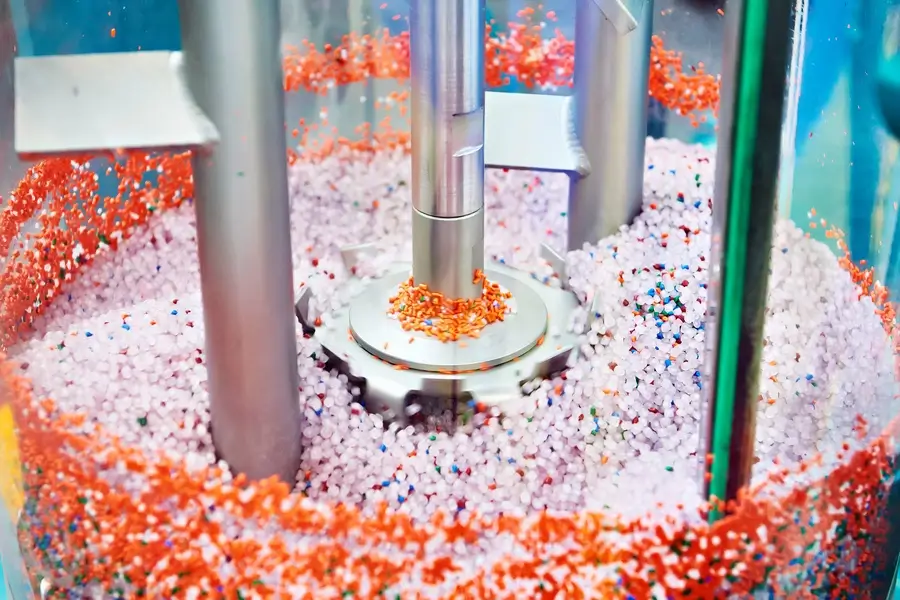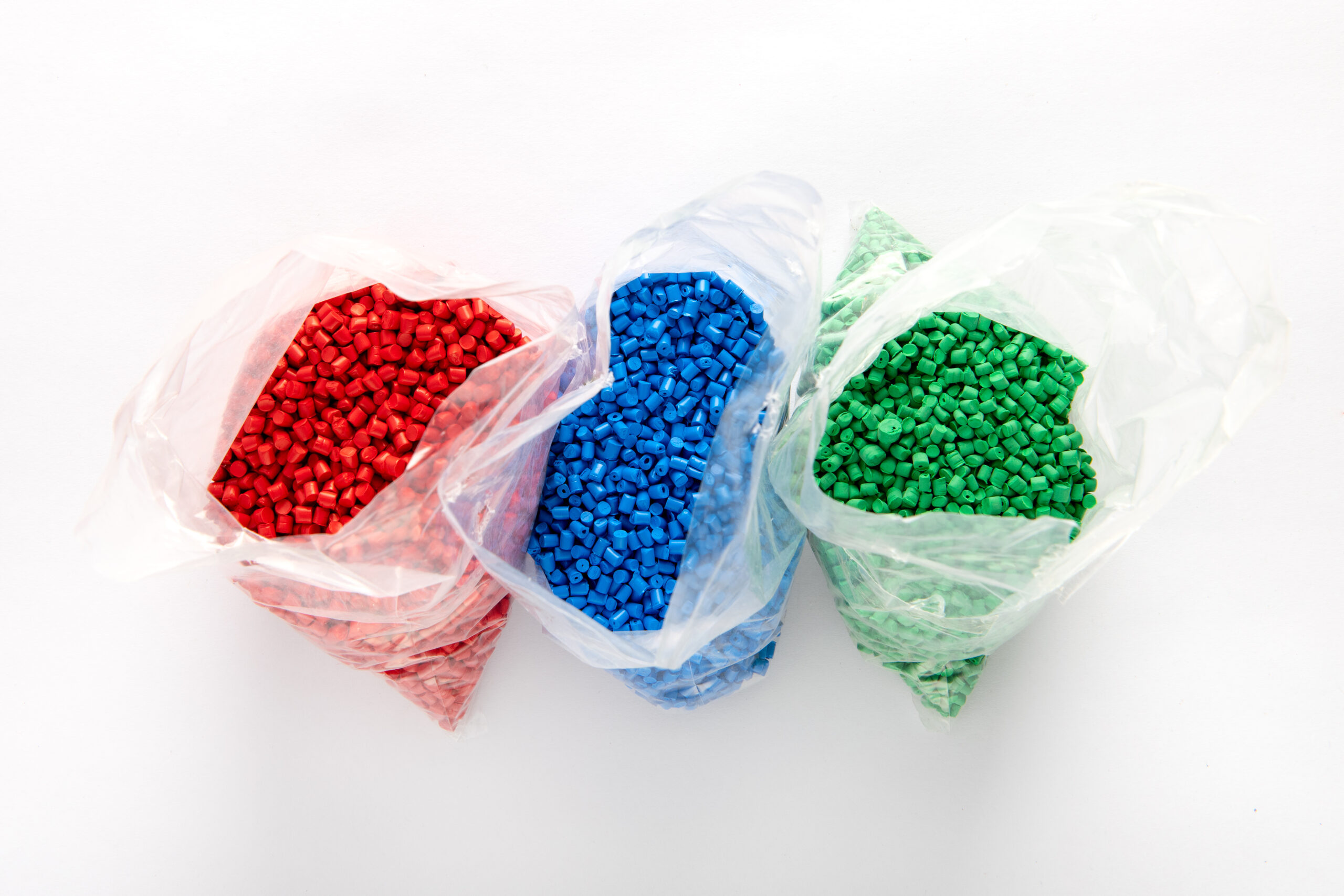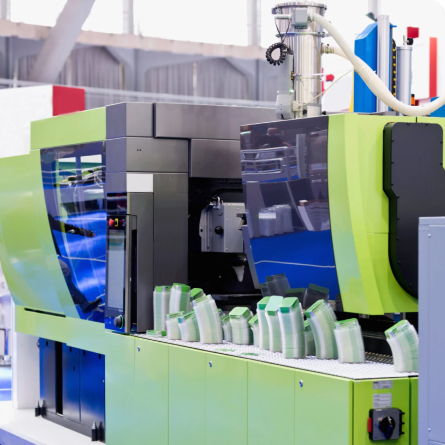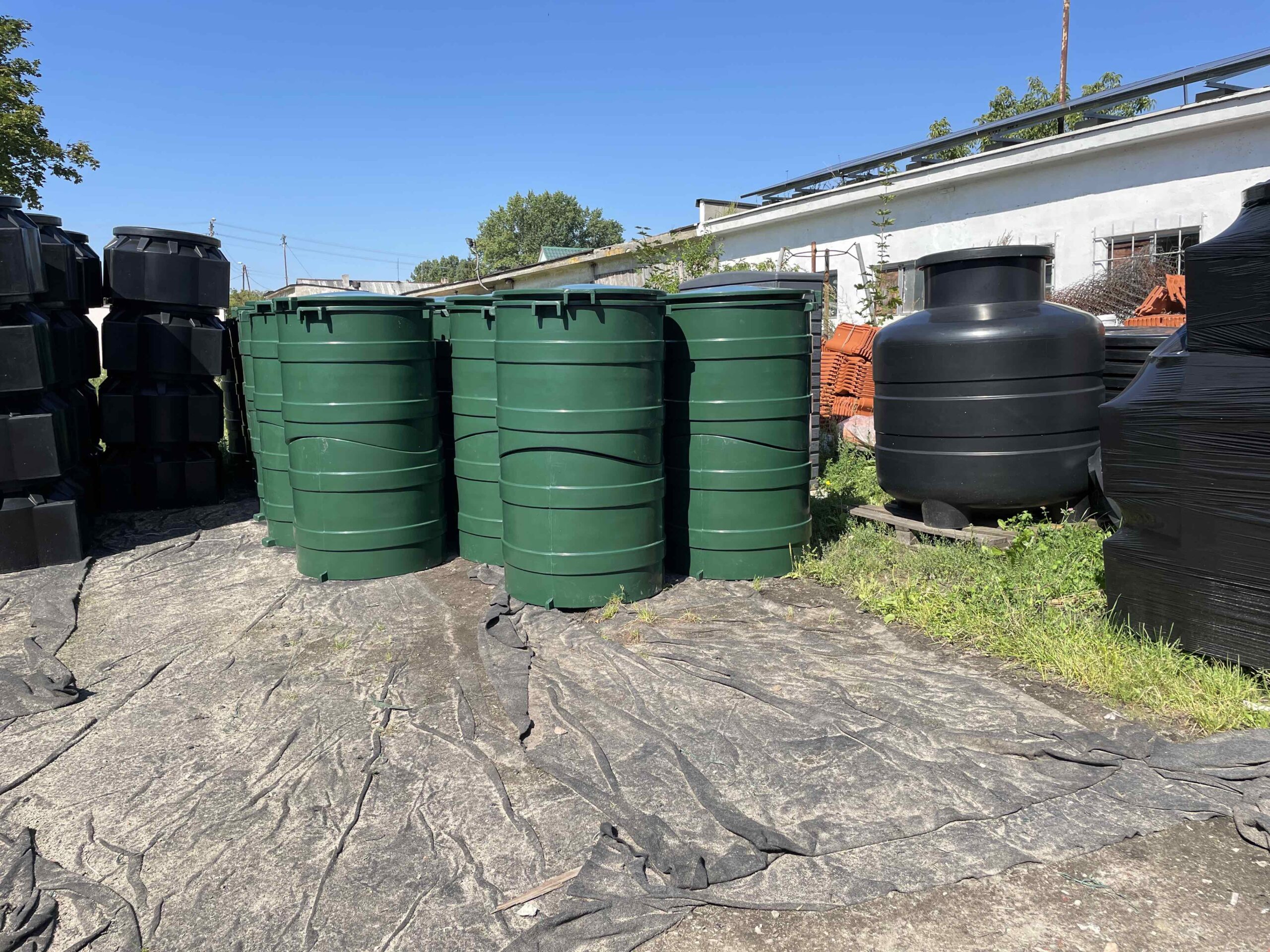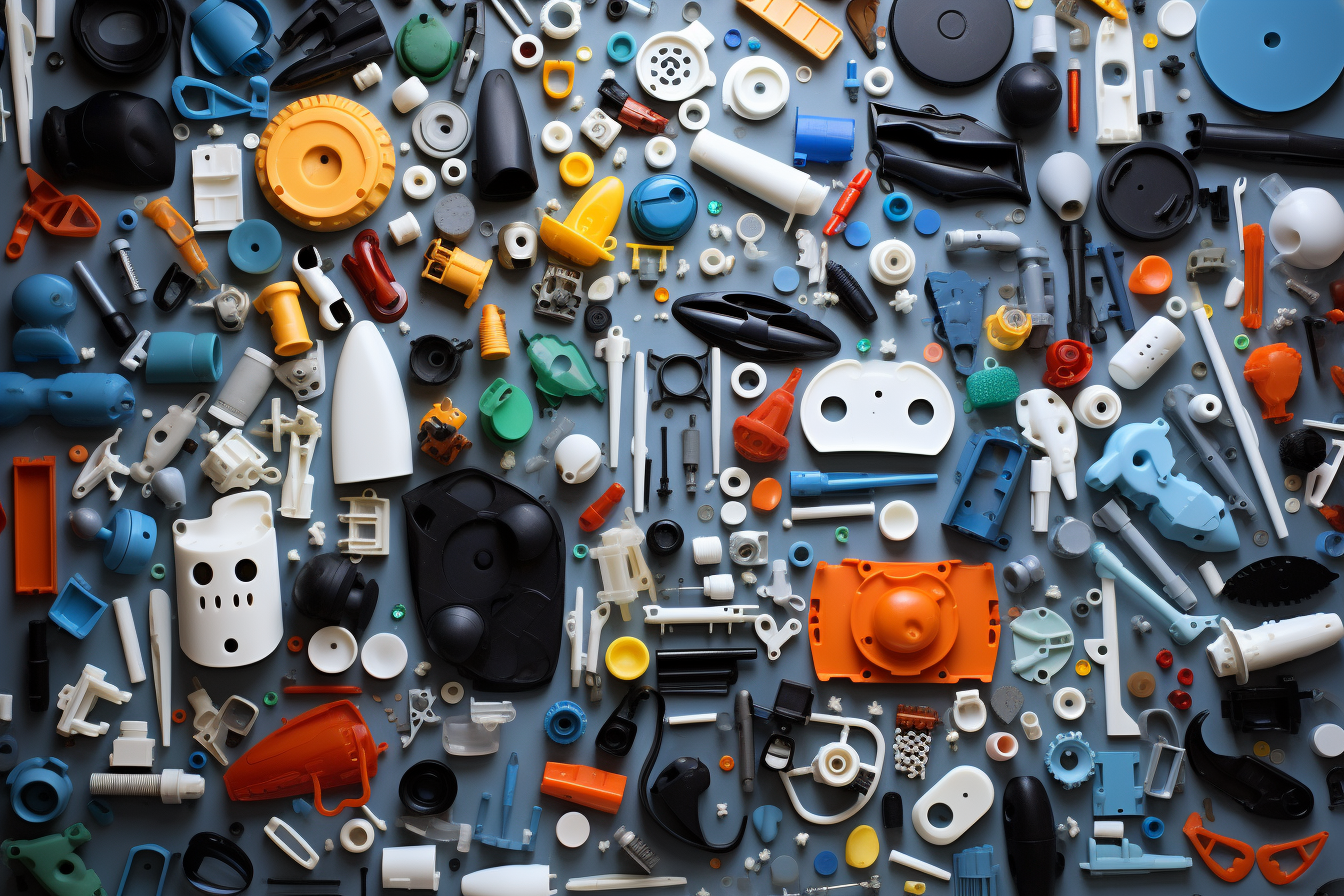All you need to know about plastic thermoforming
Many products we use every day are made possible through vacuum thermoforming. Without this technology, both sterile medical articles and food containers, and even automotive equipment components, would not be so readily available. And that’s not all – vacuum thermoforming is applied in virtually every industry. The phenomenon of this technology lies in what exactly?
We often don’t realize that we are using products that have been created through vacuum thermoforming. Plastic thermoformed products are a part of our daily lives, and many industries today benefit from this technology. From this post, you will learn what makes vacuum thermoforming so popular. Specifically, we will answer the questions:
- What makes vacuum thermoforming worthwhile?
- What is the phenomenon behind this technology?
- Does vacuum thermoforming allow for cost savings?
- What is worth knowing about vacuum thermoforming?
Vacuum thermoforming involves what process?
In this plastic manufacturing technology, first, a sheet of the chosen material is heated. Then, when the material becomes flexible, it is vacuumed into a mold, giving it the desired shape. Subsequently, the thermoformed material is cooled, trimmed, and becomes the finished product – whether it’s a toy, a syringe, a plastic pallet, or a car mat.
Vacuum thermoforming is one of the three thermoforming methods
Vacuum thermoforming is not the only method of thermoforming. Alongside it, there is also the so-called pressure forming and twin-sheet thermoforming. What is the difference? During the vacuum thermoforming process, the sheet of material enters the mold using the pressure difference created by the applied vacuum. On the other hand, during pressure forming, the thermoplastic material enters the mold using high-pressure air. Twin-sheet thermoforming, on the other hand, involves two molds and two sheets of plastic being welded together, creating a highly durable product.
A fast technology for producing plastic products
Compared to injection molding, vacuum thermoforming is a much faster technology for plastic production. What is the time difference? It depends on the shape, material, and size of the product, but it’s worth noting that just producing the mold for thermoforming takes approximately 2-3 weeks, whereas creating an injection mold requires a minimum of 8-10 weeks. Furthermore, vacuum thermoforming allows for the production of very rapid series, reaching even several thousand finished products per hour. It is precisely the ability to use multiple molds and produce thin-walled products that make vacuum thermoforming have so many applications today.
Tip: If you aim to minimize the production time of plastic products, consider using pre-colored thermoplastic sheets. This will allow you to eliminate the post-production painting stage, which is typically very time-consuming.
Don't wait!
Tailor the technology to your needs to reduce plastic production costs.
Thin-walled thermoforming – what is it?
Using vacuum thermoforming technology allows for the production of products with a very large surface area and simultaneously very thin walls. Therefore, this technology works well for the production of items such as disposable cups, plates, or food packaging. Thermoformed plastics are strong enough while remaining consumer-friendly. Furthermore, thanks to the custom material selection options, such as biodegradable materials, an increasing number of companies are choosing vacuum thermoforming for the production of plastic packaging.
Don’t miss: How not to overpay for plastic packaging?
Vacuum thermoforming – when is it cost-effective?
The main cost of thermoforming is the price you pay for tooling, which involves creating molds for the products. However, it’s worth being aware that a thermoforming mold is significantly cheaper than an injection molding mold. Despite the fact that the initial cost of thermoforming is often lower, it’s always essential to consider the production batch size. When is thermoforming the most cost-effective technology? From our experience, products produced using this technique are the least expensive when:
- we are serially producing parts in quantities around 2000 × 1500 × 500
- mass producing containers, trays, or packaging with very thin walls.
In terms of production costs, a significant advantage of vacuum thermoforming is that this technology allows for mold shape changes even after its production. This enables making modifications to the product shape at relatively low costs, even after the prototype has been produced. Such flexibility in the production technology often proves to be a cost-effective solution, especially when introducing a new product to the market, when product requirements change, or when various versions of the same part are needed.
Tip: It is worth checking whether it will be cost-effective to produce parts that were originally made using injection molding technology. Due to the low cost of implementing molds for thermoforming, serial production of already existing parts can also be economically viable. Such a solution often works well for the production of casings and covers.
Thermoformed products replace those made from fiberglass and steel
Since thermoformed plastic products do not rust, fade, and are not brittle, they often become an attractive and economical alternative to fiberglass or steel products. On one hand, the durability of thermoformed plastic products reduces the risk of costly replacements. On the other hand, given today’s rising costs of steel and fuel, plastic thermoformed products provide manufacturers with additional savings.
Summary
The low cost and efficiency of vacuum thermoforming often make it a highly economical technology for the production of various products across many industries. Nevertheless, there are many different factors that influence which technology will prove to be the best for their production. And even if it may seem that vacuum thermoforming is not a cost-effective production technology for specific parts, a company requiring a highly complex mold or a quick production time may find thermoforming to be optimal. Therefore, it is crucial to decide based on a thorough analysis of the company’s needs, the type of products, and external factors that will influence it.
Do you want to reduce the production costs of plastic parts but don’t know which technology to choose? Consult the project with our expert and find out how to access the product.
